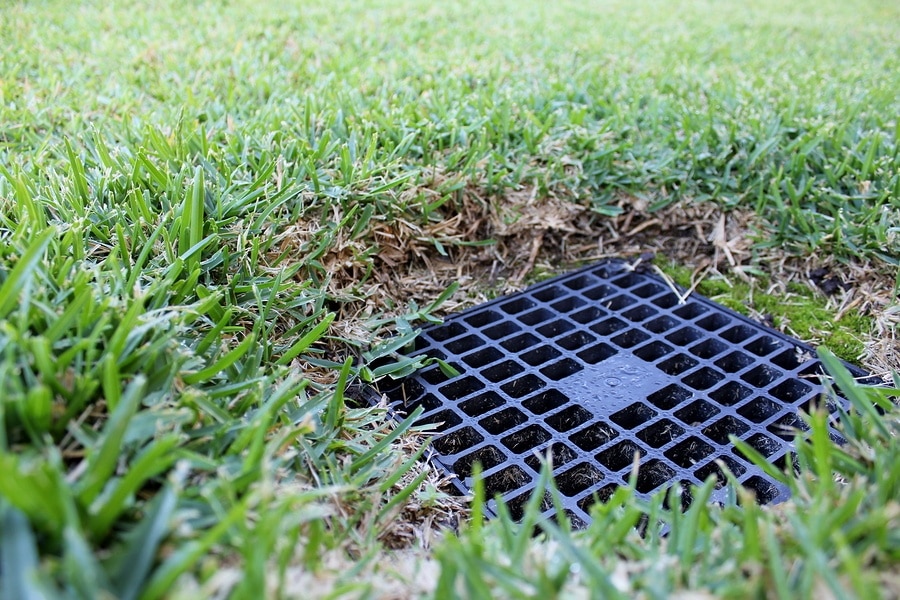Landscape drains are one of those things you don’t think about until they stop working. They do, however, perform an important function on your property. They not only direct water away from trees and flower beds, preventing erosion, but they also direct water away from your home. Excess water near the house can result in a flooded basement when it rains and serious damage to your foundation. So it is necessary to maintain your landscape drains and keep them free of debris. Here are some tips about how to clean landscape drains.
Assessing the Problem
A landscape drain is typically a plastic or metal grate at the lowest point of your yard, where water can run off into the sewer, preventing flooding. This location means that water is not the only thing likely to collect in the drain. Leaves, twigs, dirt, rocks, and trash can all fall into the drainpipe. In addition, because drains tend to be at ground level, you may have grass, weeds, or brush growing up around the drain and covering the opening, preventing the drain from doing its job. If you are going to protect your yard and home, you need to know how to clean landscape drains.
How to Clean Landscape Drains
Although it is a process with multiple steps, cleaning your landscape drains is not difficult.
- First, check any aboveground pipes or downspouts that may empty into the drainage system. Often, leaves, twigs, and other debris can accumulate in downspouts. To prevent debris from clogging the drain, also clean out gutters that ultimately run into the same drainage system.
- Clear away any plants growing around the drain and preventing water from entering.
- Remove the grate from the top of the drain. Use a screwdriver or another tool if necessary.
- Using a gloved hand, remove any debris that is easily reached.
- Because debris may be lodged farther down the drain, a shop vacuum may be required for removing debris that you cannot reach by hand.
- Once debris has been removed, find the termination point of the drainage system, whether it’s a storm drain at the curb or another drain on a slope that is channeling water away from the house. Make certain that the termination point is not clogged.
- Using a hose, flush the drain with water to wash away any remaining debris.
- Replace any covers or grates that were removed.
Once you know how to clean landscape drains, do so on a regular basis to protect your home and property. Regular maintenance will save money by preventing costly professional repairs that result from water damage and excess moisture. Best of all, you’ll have the satisfaction of knowing that you were able to do it yourself.

